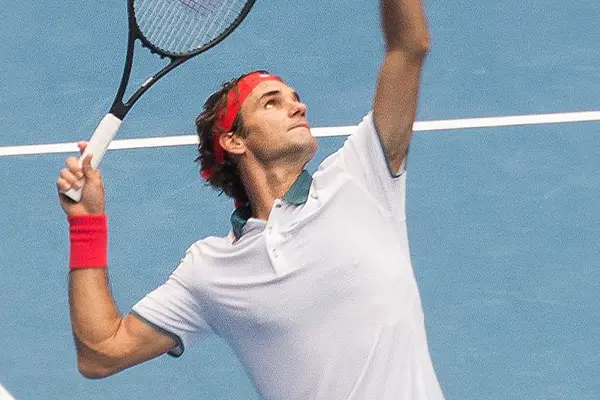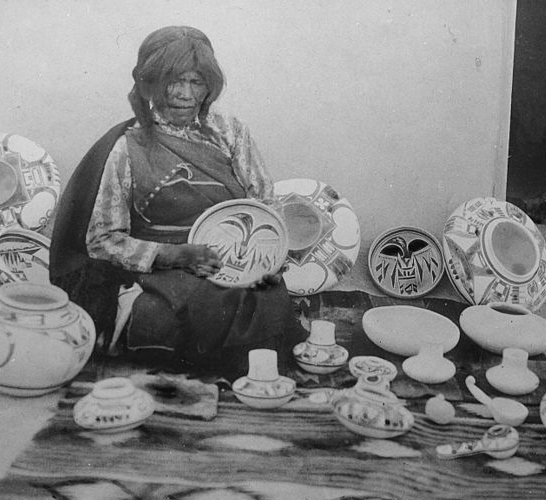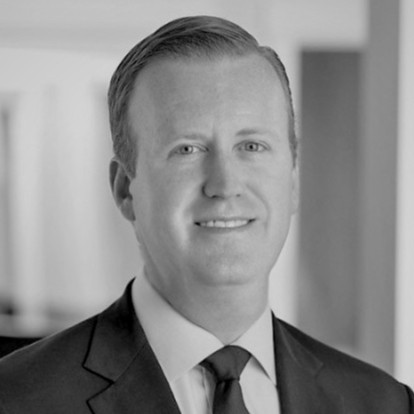
(Editor”™s note: As another school year takes off, two major Roman Catholic educational institutions in Westchester County are celebrating big anniversaries: Archbishop Stepinac High School in White Plains turns 75, while Maria Regina High School in Hartsdale turns 65.
Both schools are known for rigorous academic standards that include an assortment of Advanced Placement (AP), college credit and honors courses, attracting students from the Bronx to Connecticut ”“ many from public elementary schools and some who are not even Catholic. Both take a holistic approach to education ”“ intellectually, physically and spiritually ”“ that embraces everything from athletics to the arts, the sciences to business.
And both are not your grandparents”™ or even your parents”™ high schools. In 2009, the Archdiocese of New York website notes, 10 high schools that were formerly part of the Catholic High School Association became independent schools overseen by boards of trustees. (The archdiocese retains ownership of the school buildings and property.) In addition to Maria Regina and Stepinac, they are Kennedy Catholic in Somers;”¯Cardinal Hayes High School and Cardinal Spellman High School in the Bronx; Moore Catholic High School and Monsignor Farrell High School on Staten Island; Our Lady of Lourdes High School in Poughkeepsie; and John S. Burke High School in Goshen, New York.”¯
Under this model, the school”™s president is charged with fundraising and marketing, while the principal is responsible for the faculty, staff, student body and curriculum ”“ an arrangement similar to such cultural institutions as The Metropolitan Museum of Art, which has a fiduciary president/CEO and a curatorial director.
Recently, Westfair visited with the Rev. Thomas E. Collins, Stepinac”™s president, story below, and Anna E. Parra, Maria Regina”™s president, Page 12, and discovered that while the schools remain devoted to traditional Catholic values, they are also passionate about preparing students for modern careers in an ever-changing world:
LED ticker displays and a Bloomberg Terminal chart the topsy-turvy stock market in real time. But we”™re not on the bustling floor of the New York Stock Exchange. Instead, we”™re in the 1,500-square-foot Finance Center of Archbishop Stepinac High School in White Plains. It”™s fitting that we should hold our interview with the Rev. Thomas E. Collins, the school”™s president, there, for the center is just one way in which Stepinac goes about the business of education and the education of future business leaders as it gets a jump on its 75th anniversary ”“ it was actually founded in 1948 ”“ with Oct. 19 and Oct. 23 open houses and a May 5th gala at Westchester Country Club. (Stepinac began the year, as it always does, with the Mass of the Holy Spirit, celebrated by Timothy Cardinal Dolan, archbishop of New York, on Sept. 19.)

Indeed, Collins says the reason the school has lasted 75 years ”“ and that 30% of the 800 students come from other, mainly Christian denominations ”“ is that “It”™s always been a place where you can get a first-rate education.” And he should know. Growing up in White Plains after his family moved from Yonkers, Collins and his two brothers braved busy Mamaroneck Avenue to attend the school, across the street from their home. After graduating in 1979 and going on to receive a Bachelor of Business Administration degree from Iona College in New Rochelle and studying for the priesthood at St. Joseph”™s Seminary in Yonkers, Collins ultimately returned to Stepinac and its faculty and staff of 75 in 1995, serving as religion teacher, associate dean of students, dean of students and, for 11 years now, president of the school.
It’s an institution, Collins says, that has “great athletic programs” ”“ he coached the golf team ”“ “and a great theater program.” (Actors Alan Alda and Jon Voight are among the alumni, and we remember many a musical featuring students from Stepinac, Maria Regina High School and the now-defunct Academy of Our Lady of Good Counsel.)
Ultimately, he says, “(Stepinac has) always been a place that prepared you for the next step in life.” With 99% of the students going on to universities and the rest to trade schools and family businesses, that has meant an increased emphasis on STEAM (science, technology, engineering, the arts and math) education.
Besides the Finance Center, which is adjacent to the all-digital textbook library, the 184,700-square-foot school includes a 2,200-square-foot STEAM Center, with its Makerspace and visual arts design studio; a Leonardo adult patient simulator to instruct students in life-saving procedures; and two interactive Columbia University-modeled learning spaces.
These dedicated areas support programs designed to give students a leg up in the world. All students take two sessions of engineering, not because everyone is going to become an engineer, Collins says, but to expose them to this discipline.

Engineering ”“ along with economics and finance, health sciences and the law ”“ figures into the Susan and Daniel P. Mahoney Honors Academy, which allows top students to delve into one of these four specific fields. They and a panel of experts come together for an annual symposium, the most recent of which considered Mars colonization from scientific, financial and legal standpoints.
Such career fields aren”™t just academic, however. In the Joyce and Frank Colangelo Entrepreneurship Program, a three-year minor concentration that begins for interested students in sophomore year, participants are mentored by alumni who are business owners, professionals and community leaders. Beginning next spring, this program will culminate in The Senior Internship Program, with seniors completing a final project and 60 hours of interning in lieu of class.
Overarching these programs are the teachings of the Roman Catholic Church. Collins says that he is not in the business of converting anyone, but rather that the school is guided by “traditional Judeo-Christian” values and no doubt the example of its namesake, Blessed Aloysius Cardinal Stepinac, a Croatian priest, archbishop and patriot who stood up to the Nazis and later the communists in what was then Yugoslavia, dying of the effects of a long imprisonment in 1960. He was beatified by Pope John Paul II in 1998.
Stepinac the school, Collins says, affords individuals the opportunity to live in community “in a peaceful way.”
For more, visit stepinac.org.






















